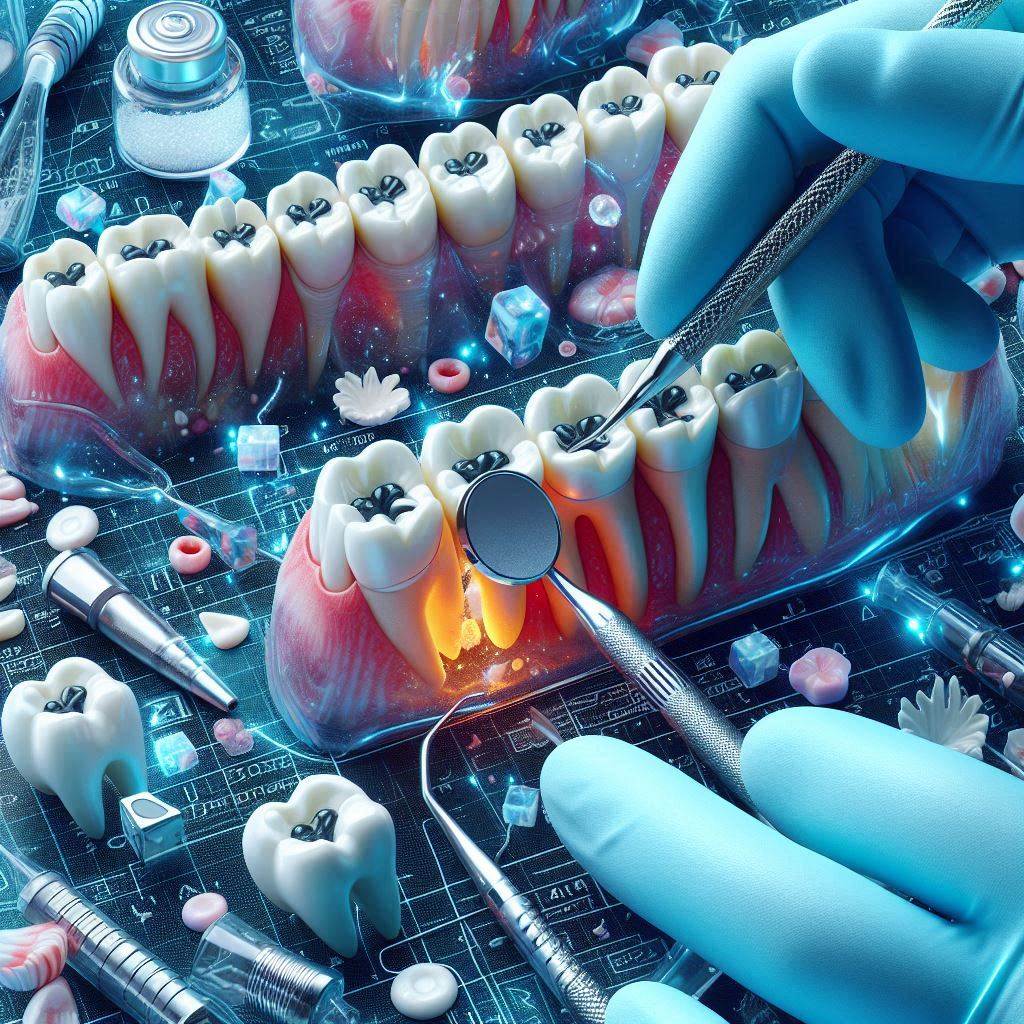Bone Graft Dental Code ADA
Dental bone grafting is a revolutionary procedure that has transformed the field of dentistry, enabling patients to restore lost bone structure and achieve optimal oral health. Whether you’re preparing for dental implants, addressing periodontal disease, or repairing trauma-related damage, bone grafting plays a pivotal role in modern dental care. However, navigating the complexities of dental bone grafting, including the associated ADA (American Dental Association) codes, can be daunting for both patients and dental professionals.
This article delves deep into the world of dental bone grafting, providing a comprehensive guide to its types, procedures, benefits, risks, and costs. Additionally, we’ll explore the ADA codes specific to bone grafting, ensuring you have a clear understanding of how these codes are used in billing and insurance claims. By the end of this article, you’ll have a thorough understanding of dental bone grafting and its significance in restorative dentistry.

2. What is Dental Bone Grafting?
Dental bone grafting is a surgical procedure that involves replacing missing or damaged bone in the jaw with graft material. This material can be sourced from the patient’s own body, a donor, or synthetic sources. The primary goal of bone grafting is to provide a stable foundation for dental implants or to restore bone loss caused by periodontal disease, trauma, or other conditions.
Bone grafting is often a prerequisite for dental implants, as it ensures there is sufficient bone density to support the implant. Without adequate bone structure, implants may fail, leading to further complications.
3. Types of Dental Bone Grafts
There are four main types of dental bone grafts, each with its own advantages and disadvantages:
Autografts
Autografts involve using bone harvested from the patient’s own body, typically from the chin, jaw, or hip. This type of graft is considered the gold standard due to its high success rate and biocompatibility.
Allografts
Allografts use bone from a human donor, which is processed and sterilized to ensure safety. This type of graft eliminates the need for a second surgical site, reducing patient discomfort.
Xenografts
Xenografts are derived from animal sources, usually bovine or porcine. These grafts are highly effective and provide a scaffold for new bone growth.
Alloplasts
Alloplasts are synthetic bone grafts made from materials like hydroxyapatite or calcium phosphate. They are a popular choice due to their availability and lack of risk of disease transmission.
4. Indications for Dental Bone Grafting
Dental bone grafting is recommended in several scenarios, including:
- Preparing for dental implants
- Repairing bone loss due to periodontal disease
- Restoring bone after trauma or injury
- Enhancing facial aesthetics by restoring jawbone structure
5. The Dental Bone Grafting Procedure
Pre-Surgical Preparation
Before the procedure, your dentist will conduct a thorough examination, including X-rays or CT scans, to assess the extent of bone loss and plan the graft.
Surgical Process
The surgery involves making an incision in the gum tissue, placing the graft material, and securing it with membranes or screws. The site is then closed with sutures.
Post-Surgical Care
Patients are advised to follow a soft diet, avoid strenuous activities, and maintain excellent oral hygiene to promote healing.
6. Understanding ADA Codes for Bone Grafting
The ADA has established specific codes for dental procedures, including bone grafting. These codes are essential for billing and insurance purposes.
Common ADA Codes for Bone Grafting
- D7953: Bone replacement graft – per site
- D7952: Bone replacement graft for ridge preservation – per site
How to Use ADA Codes for Billing
Dental professionals must accurately document the procedure and use the appropriate ADA code to ensure proper reimbursement.
7. Benefits of Dental Bone Grafting
- Restores jawbone structure
- Enables successful dental implant placement
- Improves oral health and functionality
- Enhances facial aesthetics
8. Risks and Complications
While dental bone grafting is generally safe, potential risks include infection, graft failure, and nerve damage.
9. Cost of Dental Bone Grafting
The cost of bone grafting varies depending on the type of graft and the complexity of the procedure. On average, it ranges from 500to500to3,000 per site.
10. Insurance and Reimbursement
Many dental insurance plans cover bone grafting, especially if it is deemed medically necessary. Patients should verify coverage with their provider.
11. Advances in Bone Grafting Technology
Recent advancements include the use of growth factors, 3D-printed grafts, and minimally invasive techniques.
12. Case Studies and Success Stories
Real-life examples of patients who have successfully undergone bone grafting and achieved remarkable results.
13. FAQs
Q: How long does it take to recover from a bone graft?
A: Recovery typically takes 3-6 months, depending on the extent of the graft.
Q: Is bone grafting painful?
A: The procedure is performed under anesthesia, so patients experience minimal discomfort.
Q: Can I eat normally after a bone graft?
A: Patients are advised to follow a soft diet for the first few weeks.
14. Conclusion
Dental bone grafting is a vital procedure that restores jawbone structure and enables successful dental implants. By understanding the types, procedures, and ADA codes associated with bone grafting, patients and dental professionals can navigate this complex field with confidence.


